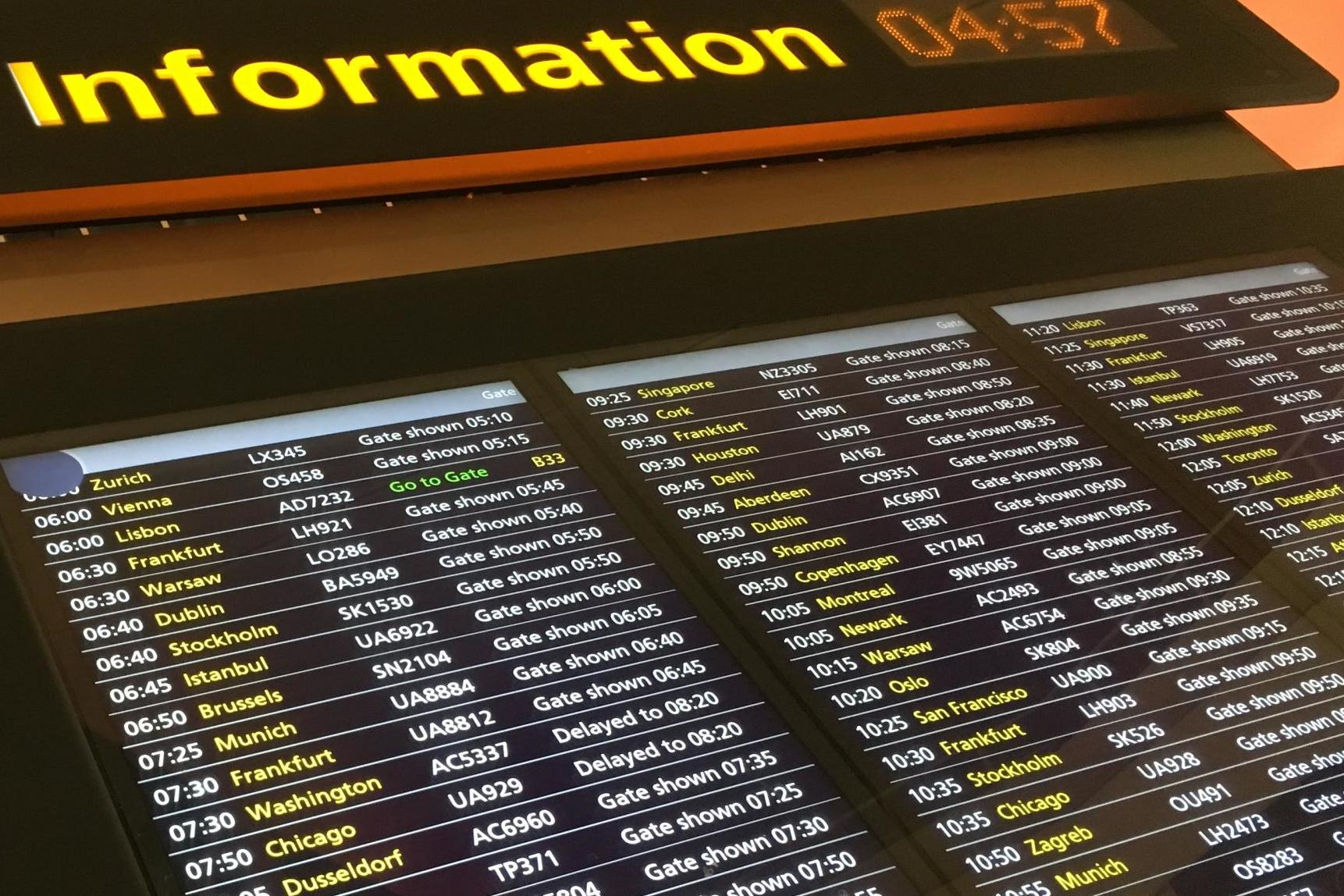Heathrow should open 24/7 – not build another runway, says Dubai airport boss
Exclusive: Paul Griffiths, chief executive of Dubai Airports, asks: ‘Why is the UK persisting with all these restrictions on operating hours?’
Your support helps us to tell the story
From reproductive rights to climate change to Big Tech, The Independent is on the ground when the story is developing. Whether it's investigating the financials of Elon Musk's pro-Trump PAC or producing our latest documentary, 'The A Word', which shines a light on the American women fighting for reproductive rights, we know how important it is to parse out the facts from the messaging.
At such a critical moment in US history, we need reporters on the ground. Your donation allows us to keep sending journalists to speak to both sides of the story.
The Independent is trusted by Americans across the entire political spectrum. And unlike many other quality news outlets, we choose not to lock Americans out of our reporting and analysis with paywalls. We believe quality journalism should be available to everyone, paid for by those who can afford it.
Your support makes all the difference.The boss of the world’s busiest airport for international passengers has urged night-time restrictions at Heathrow to be abandoned.
Paul Griffiths, chief executive of Dubai Airports, has said new, quieter aircraft mean that the current rules on noise at Britain’s busiest airport are unnecessary.
He told The Independent: “Unlike Dubai, where we’re 24/7, the airports in the UK are closed for about a third of the day. So you imagine: all that investment, all that amazing infrastructure sitting idle for a third of the day.
“Aircraft technology and the environmental impact of them has been so drastically reduced over the past few decades by investment in new technologies.
“Why is the UK persisting with all these restrictions on operating hours?”
While Heathrow is technically open 24 hours, it has has some of the strictest limits of any hub airport in Europe, to reduce the noise nuisance for local residents.
Takeoffs and landings between 11.30pm and 6am are capped at 5,800 annually, an average of 16 per night. Noisier aircraft are banned entirely.
Around a dozen flights are scheduled to arrive each day between 4.30am and 6am, mainly from Africa, Asia and Australia.
The first departures of each day are scheduled for 6am: Austrian Airlines to Vienna, TAP Portugal to Lisbon and Swiss to Zurich. The last of the day is the 10.45pm Aeroflot flight to Moscow from Terminal 4 – although if delays build up there are sometimes later departures.
In April, the Transport Select Committee urged the government to consider a night-time ban of seven hours, longer than at present.
Mr Griffiths has been running Dubai Airports for 10 years. Prior to that he was chief executive at Gatwick, which is the UK’s second-busiest airport and has the most heavily used runway in the world.
He also urged “mixed mode” working to extract more capacity at Heathrow. At present the standard pattern is for one runway to be used only for departures, the other only for arrivals, until 3pm when the arrangement switches. The idea is to give some respite to local residents.
But using both for takeoffs and landings would enable more capacity to be unlocked.
The Dubai CEO said the impact would be minimal is if quiet, modern jets were used.
But John Stewart, chair of the Heathrow Association for the Control of Aircraft Noise (Hacan), the pressure group representing residents around the airport, said: “Night flights remain a huge concern local residents. In the foreseeable future new technology will not change that.”
The International Air Transport Association, representing airlines, has long opposed airport curfews, saying: “Night-time operating restrictions have a negative impact on airlines, passengers and local economies.”

Meanwhile a former project manager, John Busby, has told The Independent that the need for an additional runway could be negated by increasing the number of passengers on each aircraft.
“An increase in the average passenger numbers per flight from 150 in 2007 to 170 in 2016 and then to 255 will add the 50 per cent to its capacity anticipated with the runway,” he said.

Join our commenting forum
Join thought-provoking conversations, follow other Independent readers and see their replies
Comments